The Modal Electronics 001 synthesizer – we’ll call it the Modal 001 – is a small miracle of creative technology. And its crystal-clear wavetable-sound brings back memories of the good old PPG Wave. Powerful and flexible.
x
True, it doesn’t quite meet up to the original PPG synthesizer (“The one and only” – see PPG Wave 2.2 / 2.3 test report) in terms of audio quality. But its sound is excellent and its clever synth architecture is state-of-the-art.
001: The little miracle.
We’re absolutely impressed by the full spectrum of Modal Electronics sounds and with its performance possibilities. It is quite possible that the music world has not seen such an array of creative options since the earth-shattering John Bowen Solaris*.
x
[* Ok, ok … if we were talking about the Solaris, we would have to review the bigger Modal Electronics 002, the massive 12-voice (!) machine. Be that as it may, we’re nevertheless inclined to favor the smaller 001 – for several reasons.]
Anyway, John Bowen’s Solaris and the Modal Electronics’ synthesizers belong to that rare species of sophisticated modern machines designed for purists. Machines, that feature high-grade hardware components and offer endless creative possibilities. Machines that are – each and every one – a life time’s work. Not only for the developer, but also for the musician who owns them.
x
To be specific, a Modal 001 synthesizer is not an off-the-peg product. It’s a challenge meant for the sound-designer. An instrument for the advanced musician with a detailed knowledge of synthesis and sound architecture. Nothing for the novice, that’s for sure.
A summary of the summary of the …
Here’s a list of Modal 001 features – set up by the manufacturer and (slightly) revised in our studio. In the many cases, just the tip of the iceberg (at the most). Entire landscapes, numerous universes hide under the bonnet of the Modal 001. Each landscape full of enticing features (and features and features) – enough material to fill a thick (and heavy) book about this synthesizer.
No time for a book, though (sorry …), so here’s the summary:
- Modal 001 is a 2-voice duophonic and bi-timbral synthesiser utilising the same voice architecture as its bigger brother 002
- Two oscillators per voice with two sub oscillators, which can be switched from being either traditional square wave to having the same waveform as the main oscillator – in effect making four (!) nearly-full-blown oscillators per voice
- The analog / digital hybrid architecture uses NCOs (Numerically Controlled Oscillators) for very high resolution, and very stable oscillators. Basic sound material is a collection of 56 different waveforms, ranging from classic analog sounds to more unique digital shapes
- Pure analog signal path from the oscillators onwards, no digital conversion
- 24dB/oct 4-pole transistor ladder filter, with some very unusual morphing characteristics (‘polesweeping’), enabling transition from 4-pole through bandpass to 1-pole 6db/oct, or anywhere in between
- Two LFOs (actually: three), one per voice and one global, both with midi sync
- VCF and VCA envelope generators, ADSR each
- Modulation matrix: 6 sources, 8 (9) destinations
- 001 features a range of sequencing options – a built-in 2 track, 12 row, 32 step sequencer with MIDI sync capabilities. Sequences can also be transposed dynamically while running
- There’s a highly featured arpeggiator with a wide range of different modes, including ‘hold’ mode, enabling arpeggiator-based sequences to be created
- The Modal animator, a polyphonic note-triggered parameter sequencer for all 001 parameters, allows for complex filter transitions, waveform changes and much more to be sequenced
- Modal 001 connects via ethernet port to your network, which enables updates via the internet (no more midi sysex dumps) and access to the Modal Electronics cloud features
- Superb and high quality 4.3″ screen with wide viewing angle. The display is context sensitive – the control parameters of any control knob that is touched by the user is immediately displayed
- Six ‘quick recall slots’ are accessible from the front panel, enabling performing musicians to get rid of their set sheets and build set lists of presets. Up to 100 banks of quick recalls can be created, making live performance a doddle
- Three Key Modes – polyphonic, monophonic, stack
- The 001 features a premium FATAR semi-weighted three octave keyboard with velocity and aftertouch
- 4 CV inputs and 4 CV outputs
- Two audio inputs enabling audio processing from the VCF onwards
- XY joystick for performance controls – any control parameter can be assigned to any joystick axis (X+, X-, Y+, Y-)
- The Modal Web Interface, for use on any HTML5 compatible web browser (Chrome, Safari, Firefox etc.) on any platform that supports a browser, provides full external control of all of 001’s functions
Some of the (many) special features
NCOs (Oscillators)
“NCOs differ from the oscillators found in most virtual analog synthesisers in that they use a variable sample rate and as such are not band-width limited. This means that a sawtooth sounds like a sawtooth regardless of the pitch played and results in a very rich sound, previously only obtainable from classic analogue synthesisers.”
(Modal Electronics)
Variable sample rate – that sounds reasonable. A (high-quality) sawtooth waveform should always remain a (high-quality) sawtooth waveform, regardless of its pitch. The Modal 001’s analog sounds are surprisingly good.
Ok – there are no strong beatings between those (digital) oscillators. But independent (fine) tuning of all oscillators is possible, plus de-tuning between OSC1 and OSC … ideal conditions for stunning sounds with lots of analog character*.
[* Listen to the attached soundfiles “Analog 1” / “Analog 2” / “Portamento” …]
In fact, the Modal 001 is – in some ways – at eye level with many of those analog synthesizers, although it is an analog/digital synth. No Moog, of course, no Oberheim, … but it puts some excellent analog depth at your fingertips.
The interesting thing is that the sounds of the Modal 001 fit perfectly in any mix … which is indeed the core of this report. Maybe the 001 is not your first-choice ultimate lead-synthesizer, but it blends discreetly and harmoniously into any song.
Back to the NGOs. In addition to the three basic waveforms (sawtooth, sine wave, pulse), there are 53 additional waveforms to be regulated and modulated in many ways. This is a pure reminiscence of the PPG Wave …
In effect, the modal 001 has 4 oscillators (per voice). 2 main oscillators and 2 sub-oscillators. The SubWav option controls the sub-oscillators’ behaviour. When the SubWav button is on, the sub-oscillators use the same waveforms as the corresponding main oscillators.
Osc Sync is available, of course, … and DeRez. When the latter function is on, a down-scaling algorithm adds a good amount of additional high-frequency harmonics, in order to make the sound brighter.
Combining SubWav and DeRez functions allows you to create a great variety of harmonic contents for the oscillators. A goldmine for sound-nerds.
Another distinctive feature is the joystick. Assign the 4 oscillators to the 4 joystick axes and move its lever (like stirring a soup with a spoon) in order to morph from one sound-pole to the other. This is a pure reminiscence of the Prophet VS …
Low Frequency Oscillators
LFO1 serves as a “global” LFO for the entire instrument – an LFO that offers multiple waveforms (including random) and MIDI sync capability. This one is particularly suitable for slow modulations.
There are two LFO2 – one for each voice. They come with a delay– and a Hi/Low speed-option. In Single Mode (one-shot mode), LFO2 can be used as a “simple envelope”. It does one cycle and then stops.
Voltage Controlled Filter(s)
The 24dB/Oct transistor ladder VCF is Modal Electronics’ own filter design. It sounds really good, although – we have to be honest – it cannot compete with the glorious PPG VCF (SSM 2044). Differences are clearly audible: A less razor-sharp filter resonance, and a slightly less-precise high-end audio behaviour.
However, this is not really the point we’re trying to make. The Modal 001 VCF has its own merits. These include one extra that goes far beyond any PPG: Slope.
Slope controls the shape of the filter. This is a real continuous analog filter morphing (quite a unique feature in the analog synth domain), which gives the Modal 001 filter an unique characteristic.
Slope:
– at a value of 0 you have a 4-pole low pass filter
– at a value of 10-20, you have a sort of low-shelving
– in the midpoint (63) you have a band-pass filter
– at maximum value (127) a 1-pole low-pass filter
Those “morphing” filter sounds – from 4-pole low-pass to band-pass to 1-pole low-pass (and all the way back) – remind us a little of the Oberheim SEM filter. The smooth transitions between the filter characteristics are gorgeous …
Slope can be adjusted directly (turn the knob in the filter section), but it can also be assigned to one of the 4 joystick axes, or it can serve as a sequencer CV modulation target … meaning: The tonal flexibility of the 001 is impressive.
Modal 001 provides two classic ADSR envelopes, one for the VCF, one for the VCA. All in all, 8 knobs. And here’s another 001-highlight: The same set of controls are shared between Envelope and Sequencer/Animator/Arpeggiator functions. To switch between the two modes, just press the EG/Seq button. Programming the sequencer with “real” knobs makes a huge difference!
Modulation Matrix
The Matrix: 6 modulation sources, 8 destinations.
The available sources on the front panel are LFO1, LFO2, Velocity and Aftertouch. The two other sources are ModWheel* and Note** (Keytracking), accessible via the screen (LCD display).
[* … assigning Mod Wheel as a Joystick axis allows you to control multiple parameters with that single Joystick axis.]
[** … linking Keytracking to the (oscillator’s) WAVE leads us to another unique sound-design-aspect: a continuously changing sound/wavescape depending on the pitch of the key.]
Programming the matrix is easy: Choose a modulation source and assign it to any modulation destination by tapping on the appropriate button(s). Set the modulation amount (positive and negative values possible) and off you go.
Noteworthy extra: It’s possible to adjust individual modulation depths for all LFO2 destinations. To change the modulation amount for a specific destination, simply hold down the destination button and turn the ‘Depth’ knob on the front panel. Ah, yes … and a single click on the destination button will set that modulation to an automatic depth amount of 50. Handy!
Now we’ve definitely arrived in those “landscapes full of enticing features (and features and features)” … time to mention a few last extras – e.g. the glorious CV-in/outputs – and then move on to the main issue: sound.
“001 has four freely assignable CV Inputs. These inputs can be sent as another form of modulation to most of the parameters of the synth. Each input voltage (scalable 1-volt-peroctave signal) has a Status, Destination and Depth that works in the same way as the joystick.”
(Modal Electronics)
Let’s imagine the following: Attach 4 external CV-sources to the Modal 001. First, a VCO (from a modular synthesizer, e.g.) that controls VCF frequency for some heavy filter-FM stuff. Second, a VC LFO (again, from a modular synthesizer) that controls OSC 1 WAVE. Third, another VC LFO (at different speed) that controls OSC 2 WAVE. Finally, an ultra-fast envelope that modulates the VCA (thus adding some “analog cracks” to the overall sound). Heavenly …
There are also four freely assignable CV Outputs. They will send out the current value of their sources as a control voltage (scalable 1-volt-per-octave signal).
To cut things short: the 001 Sequencer is outstanding, as are the Animator and the Arpeggiator. There’s a special Performance mode, a Snapshot feature, heaps of Shortcuts (for fast sequencer-editing, e.g.), tons of MIDI options and much more. Everything first-rate.
Sound
The overall Modal 001 sound is very good. We are highly impressed by its “Wavetable Soundscapes”, a very close approach to the PPG Wave … Ok, the filter resonance could be even more cutting, and the envelopes could be (slightly) snappier (although they are really good). But that’s not the point …
Those Modal 001 sounds provide for excellent presence in the overall mix (as we have said before). Bubbling wavetable-sounds, ping-pong sequencer-patterns, stirring sound-metamorphoses, … it’s all there!
This hybrid instrument complements magnificently other sound sources in the studio. In many cases, it provides that perfect finishing touch, rounding off your electronic music.
All in all
… the Modal Electronics 001 is an instrument for those musicians who are not only ready to fork over the necessary Euros (Pounds) required, but also to share one of their own most valuable resources – their time – on a regular basis. Programming the Modal 001 can be a joy, but it requires effort and time …
In any case, those of you who are synth-nerds will be amply rewarded with sparkling sounds compatible to many electronic music textures. Wondrous sounds that give your mix cohesion and significance, a handy palette of analog/digital sounds at your disposal.
A question on the side: Why buy the two-voice Modal Electronics 001 when its big brother 002 (with 12 voices) is also available? There’s no clear answer, but here are some things to consider …
The 001, for example, is definitely cheaper and smaller (!) than its big brother. Which may be obvious. This little synth might be the perfect addition to an already satisfactory setup. Doesn’t take up much room, is easy to integrate, but remains flexible and self-sufficient thanks to its 3-octave keyboard.
On the other hand, the Modal Electronics 001 concept requires a special musical approach. It is a monophonic synthesizer (duophonic in Poly/Stack Mode). And that’s the point: Often, a true single voice can be worth more than an elaborate sound cluster of 4, 6, 8, 10 or 12 voices. In many ways, multi-tracking a monophone voice (several times) brings us closer to the concept of true polyphony (poly-phony).
How much more alive is music that is developed this (multi-tracked) way! The investment is indeed considerable – you need a precise harmonic concept and (possibly) many, many tracks … but that effort should bring an even higher musical return. A luxurious harmonic fabric based on a myriad of animated monophonic tracks.
By the way, the 001’s CV-in- and outputs are something special only offered on this synth. Another detail indicating that the Modal 001 is the ideal machine for experimental purposes.
Which means the 001 is by no means second choice or a cheap alternative to the bigger 002, but perhaps the perfect synthesizer for sound-design in the modern studio-setup (instead of / alternatively to all that overloaded polyphonic paraphernalia).
x
x
Youtube Videos:
Modal 001 – Custom Patches
Modal 001 – Walk-Through with Paula Maddox / Luca Mucci
x
We’ve added 30+ minutes of audio material. In addition to those 80% “Modal Electronics 001” the following instruments were used: John Bowen Solaris, Novation Bass Station II, GRP A8, Jomox xBase 09, Yamaha CP-70B … and the already mentioned Roland SH-101 synthesizer in that “Mystic Vocal ” soundfile …
Modal Electronics 001
Duophonic Digital/Analog Synthesizer
with Sequencer/Arpeggiator, MIDI
and USB, plus CV In/Out
Original price: 1,350 GBP / 1,850 Euros / 1,995 USD
(Product discontinued)
Website Manufacturer:
www.modalelectronics.com
Link / Comparison:
Modal Argon8 test report
Open / Download:
Modal Electronics 001 photo front (4000 x 3000px)
Modal Electronics 001 photo back (3000 x 2400px)

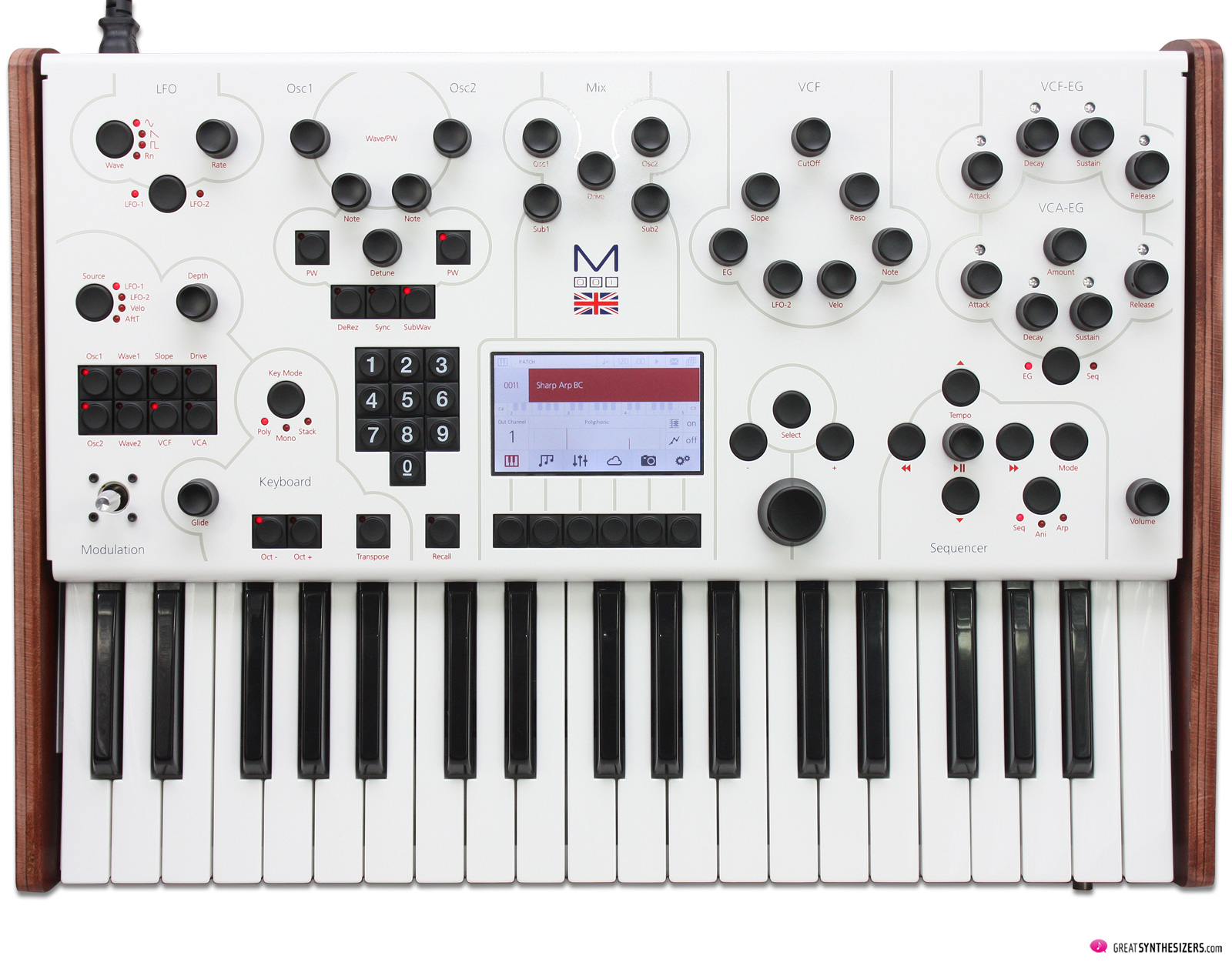
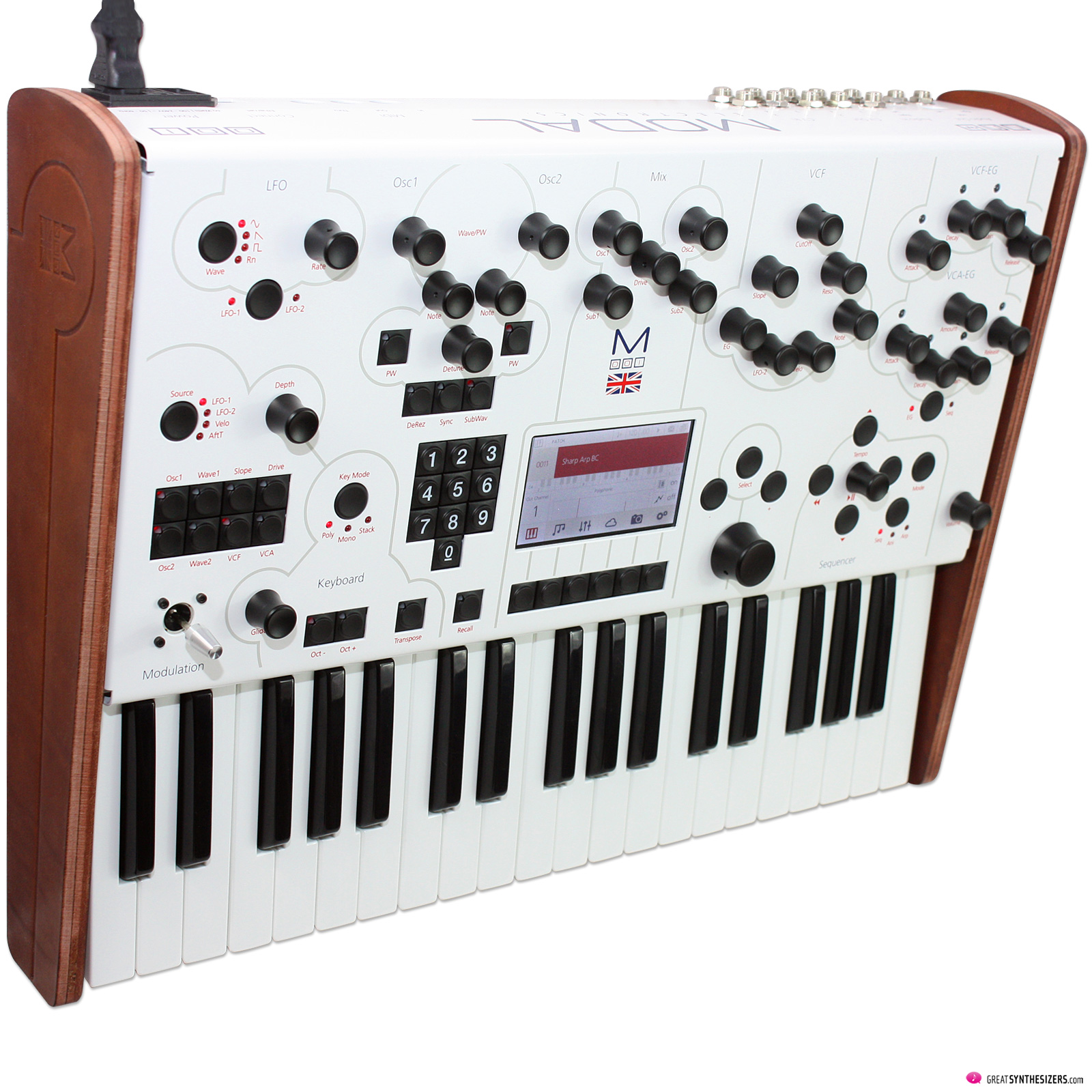
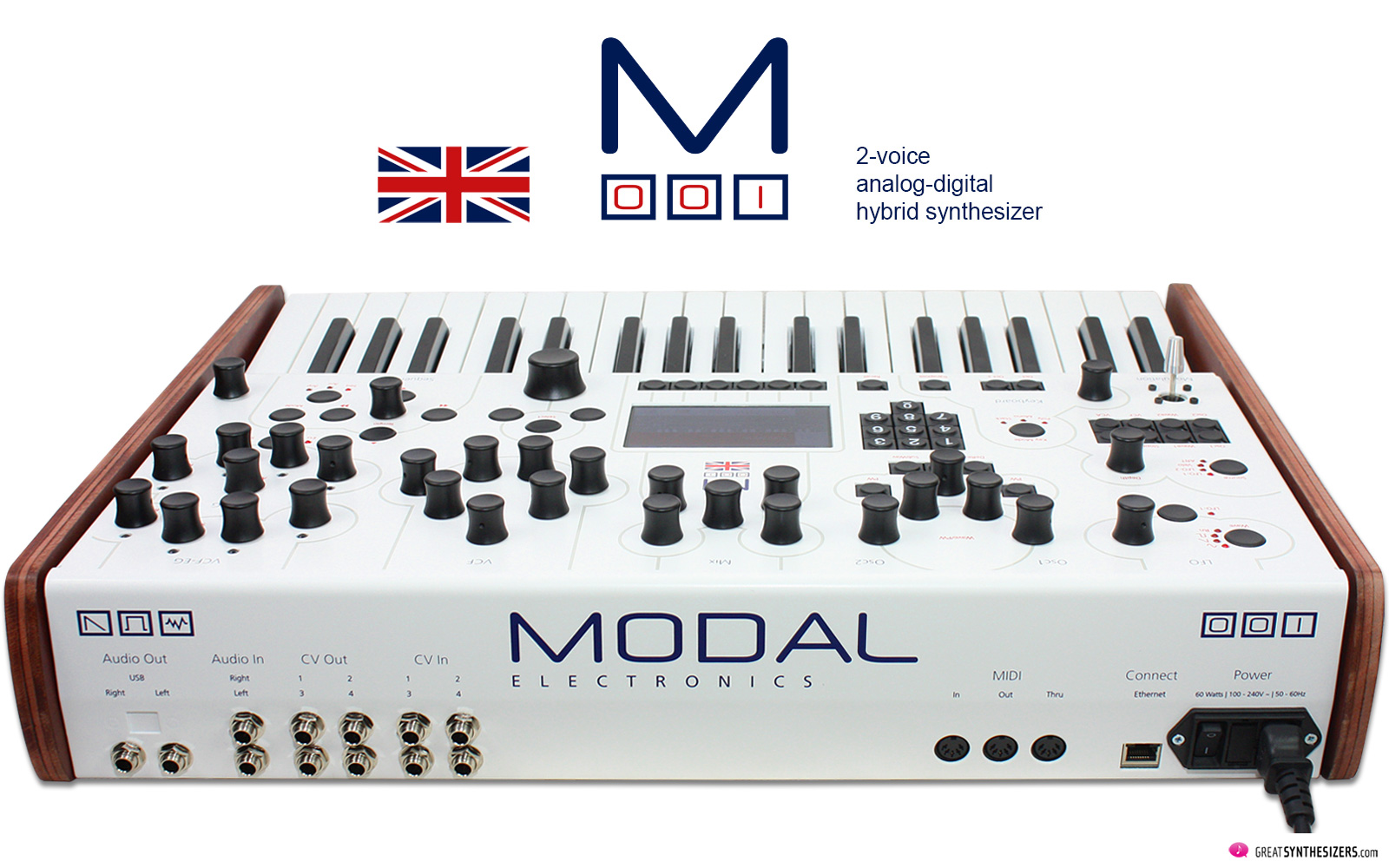
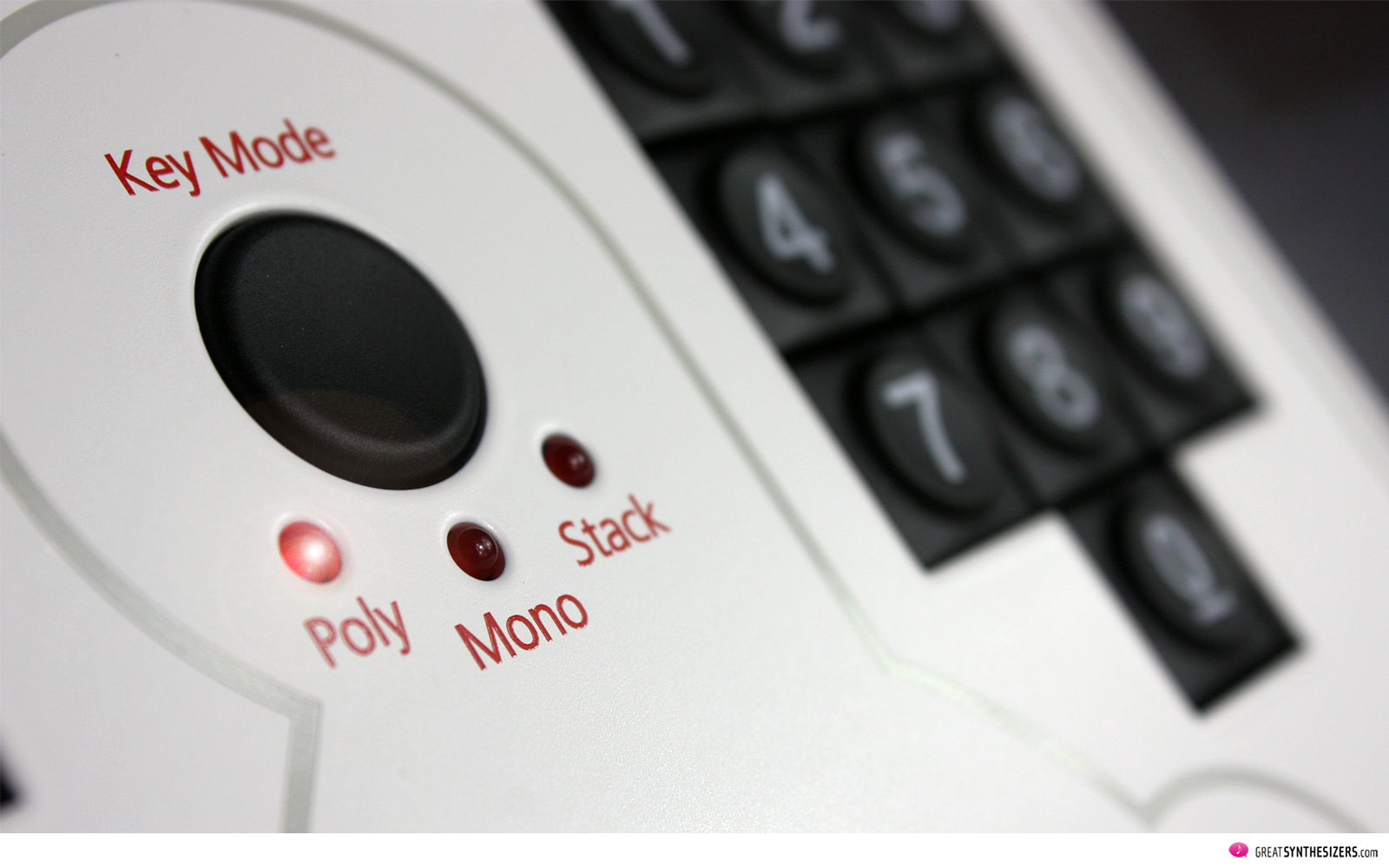

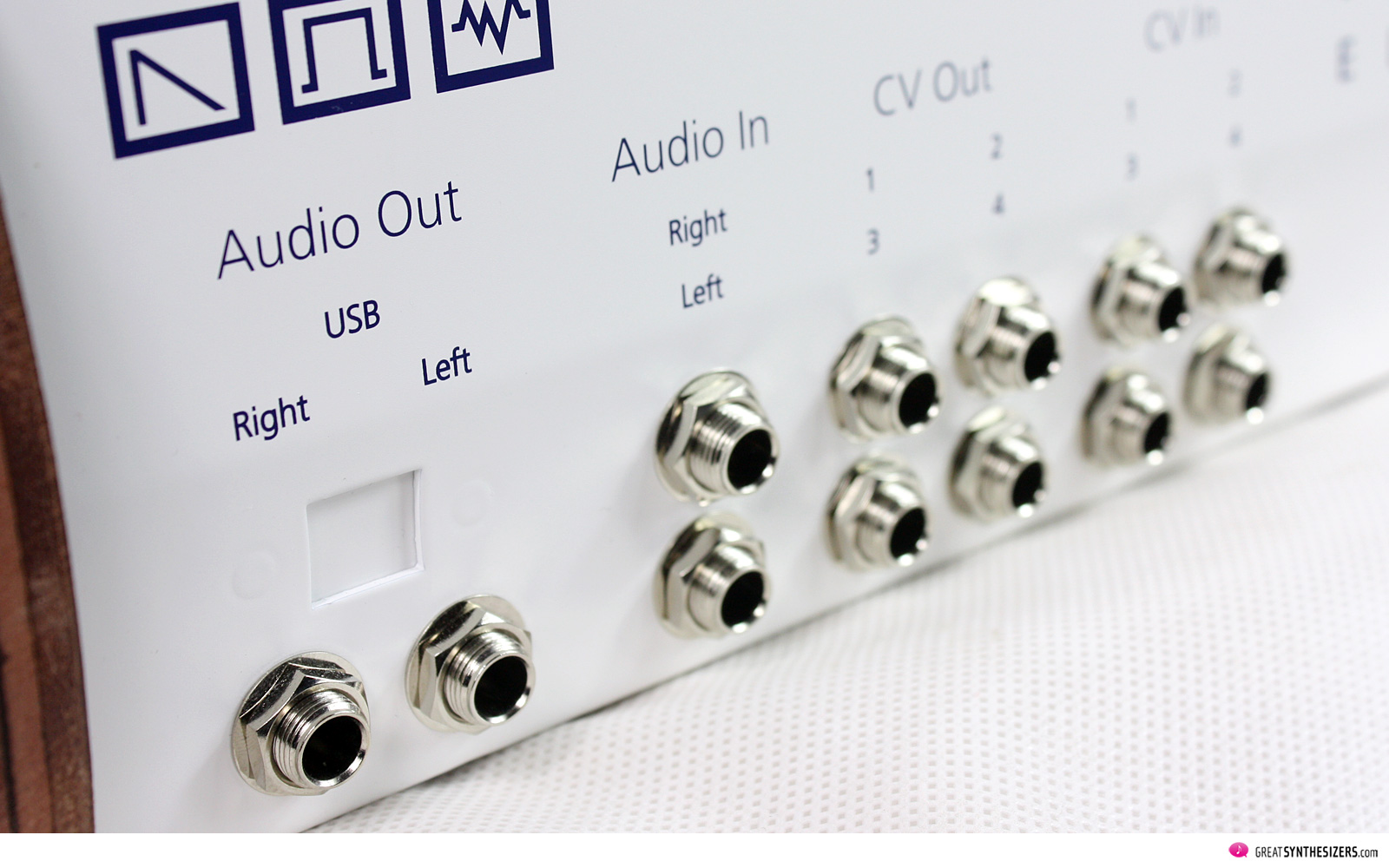
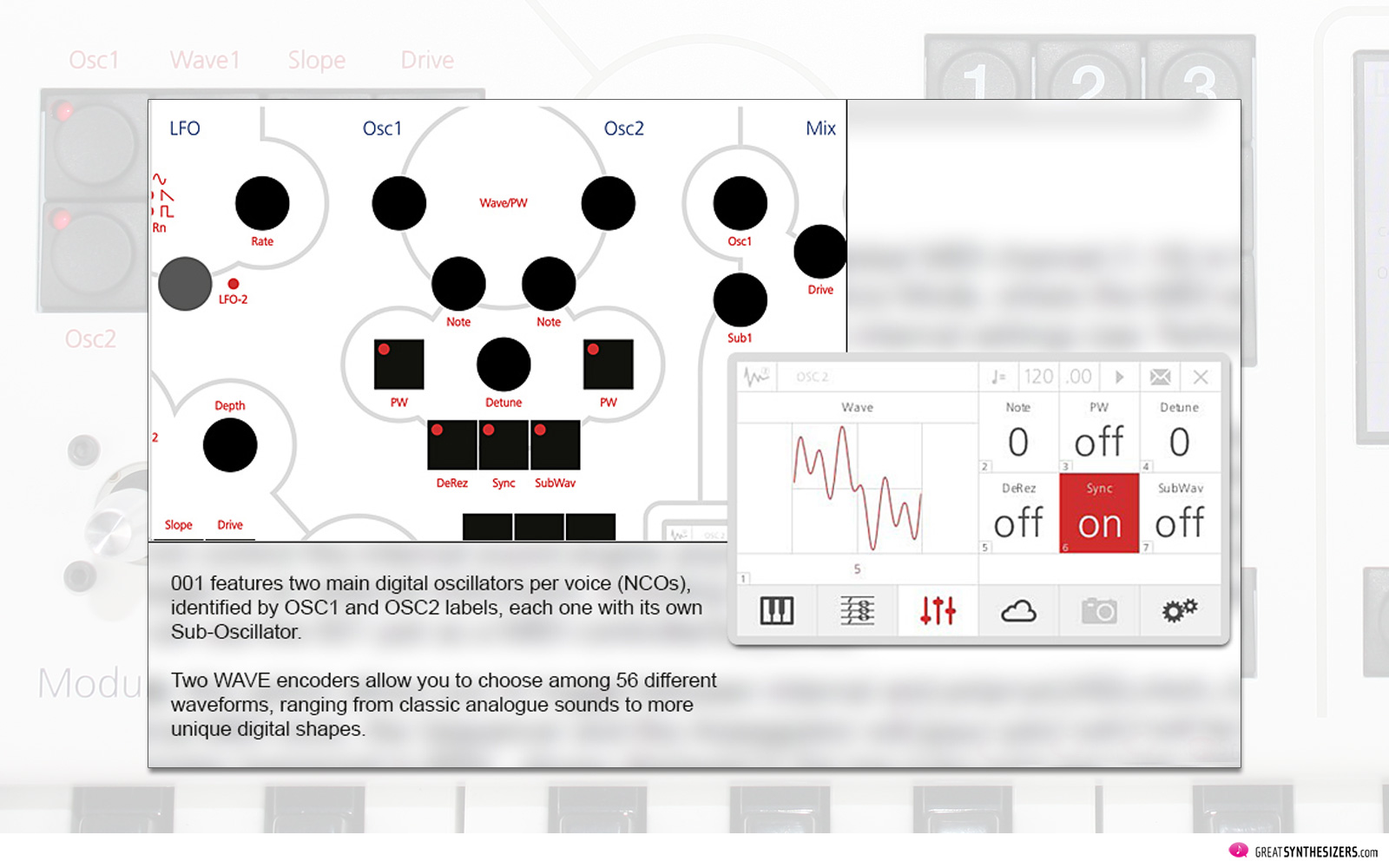

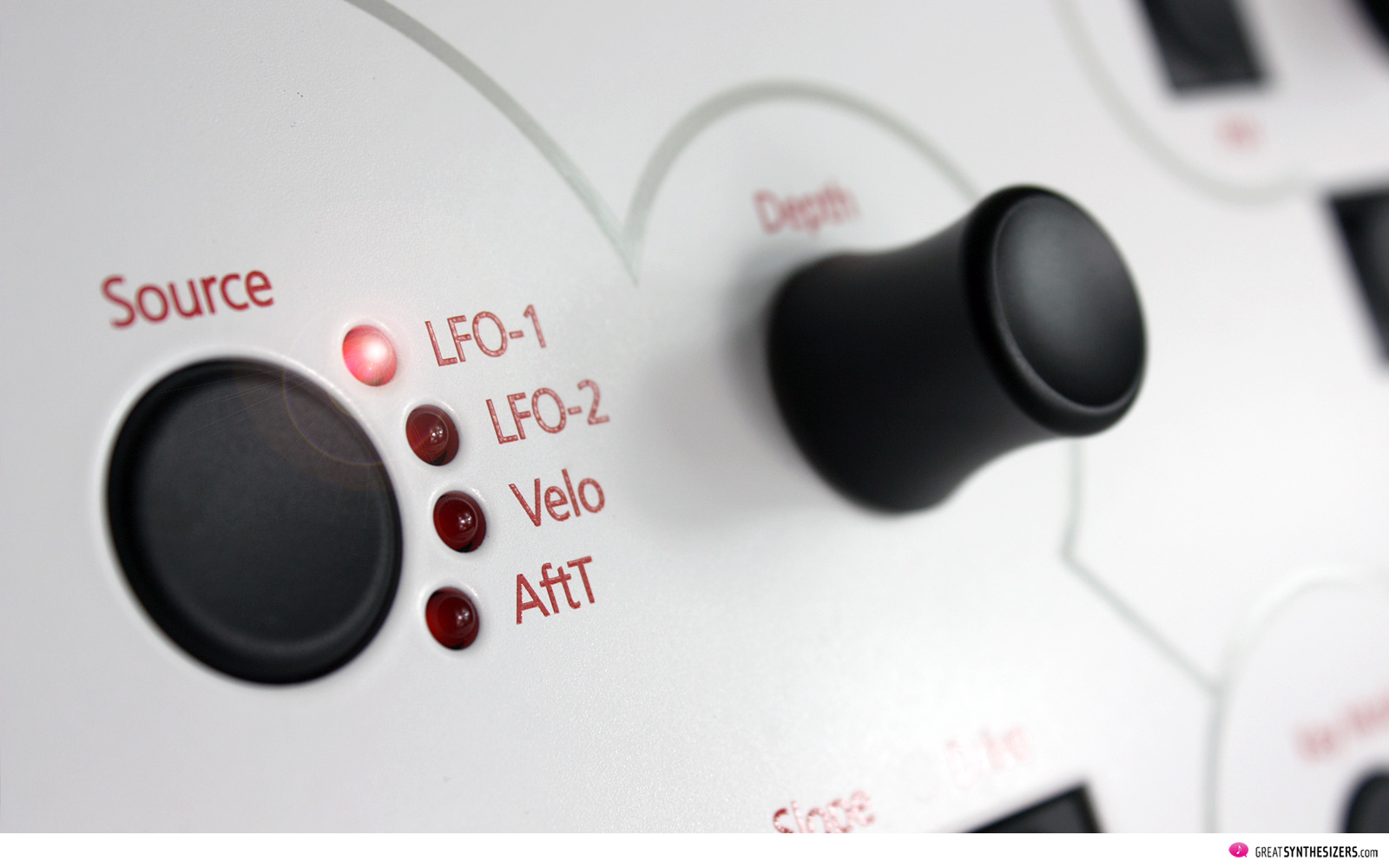
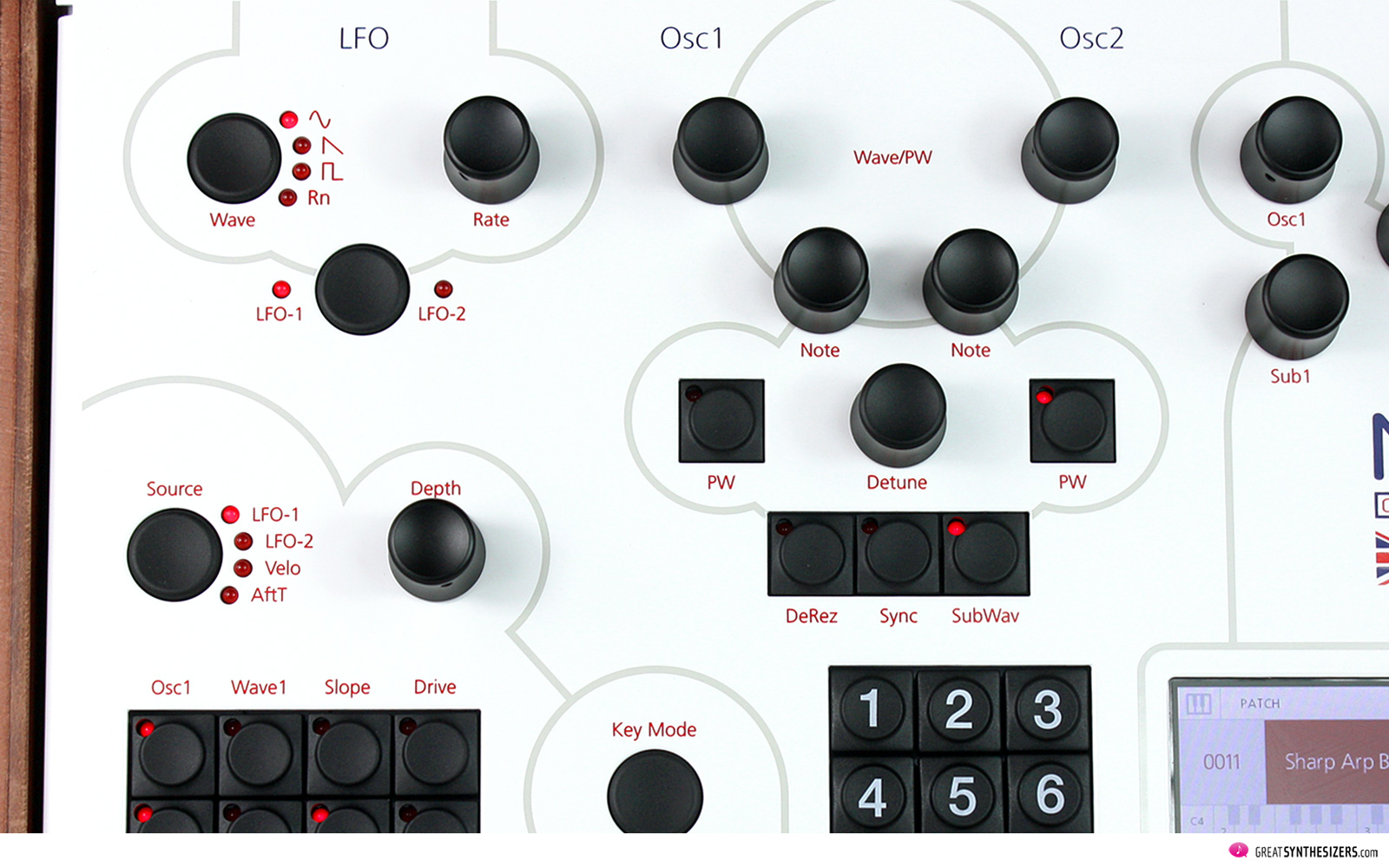
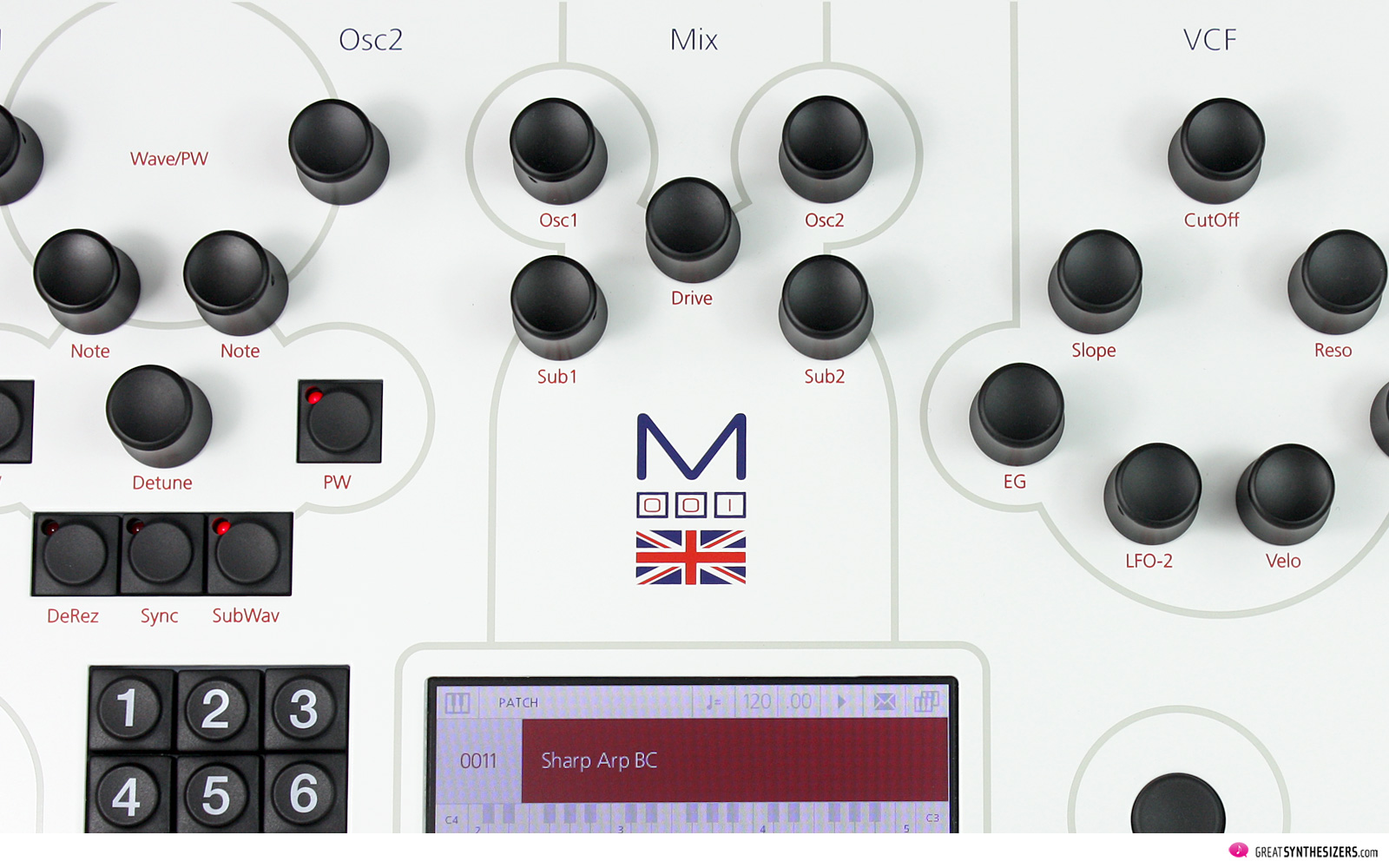




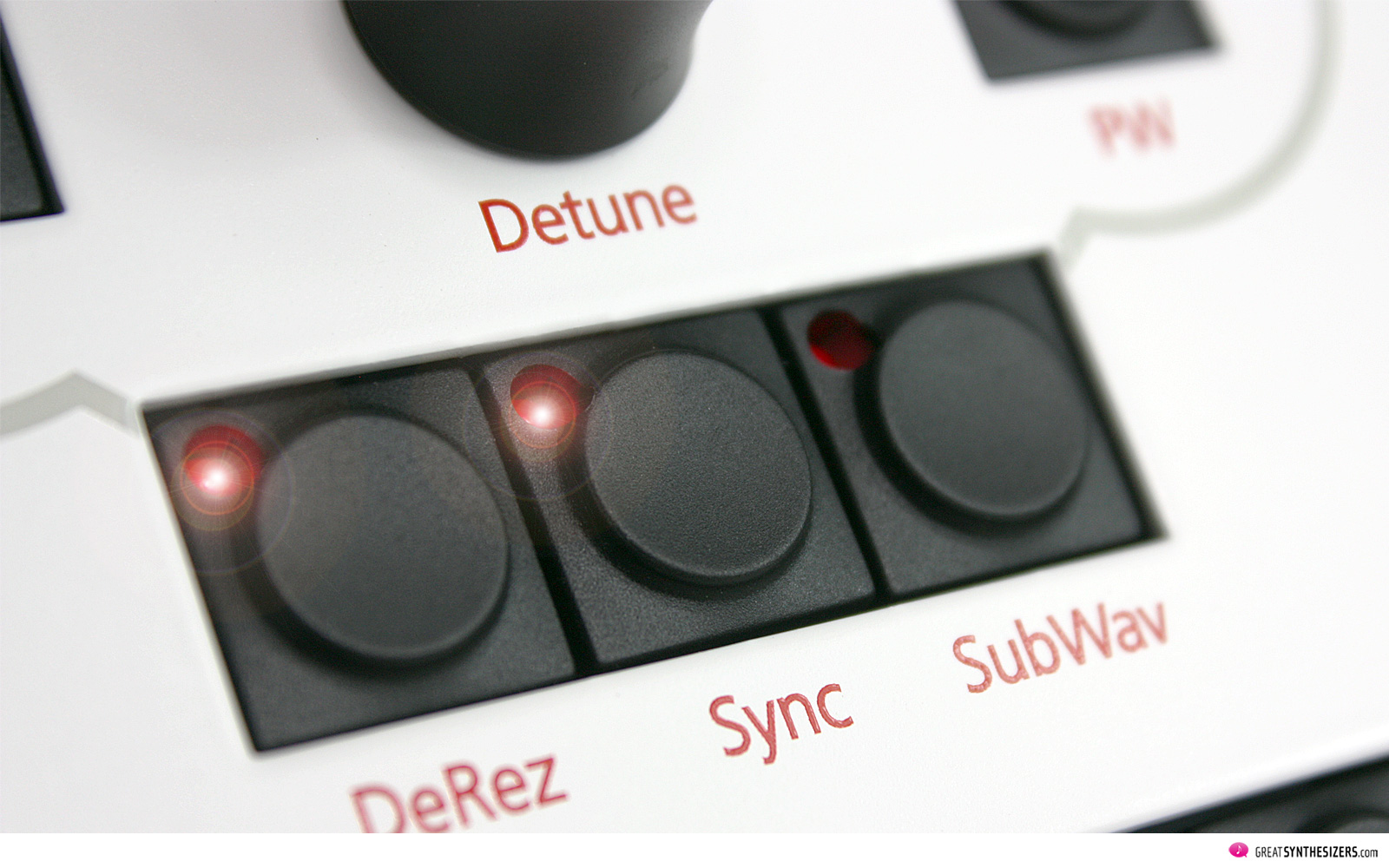
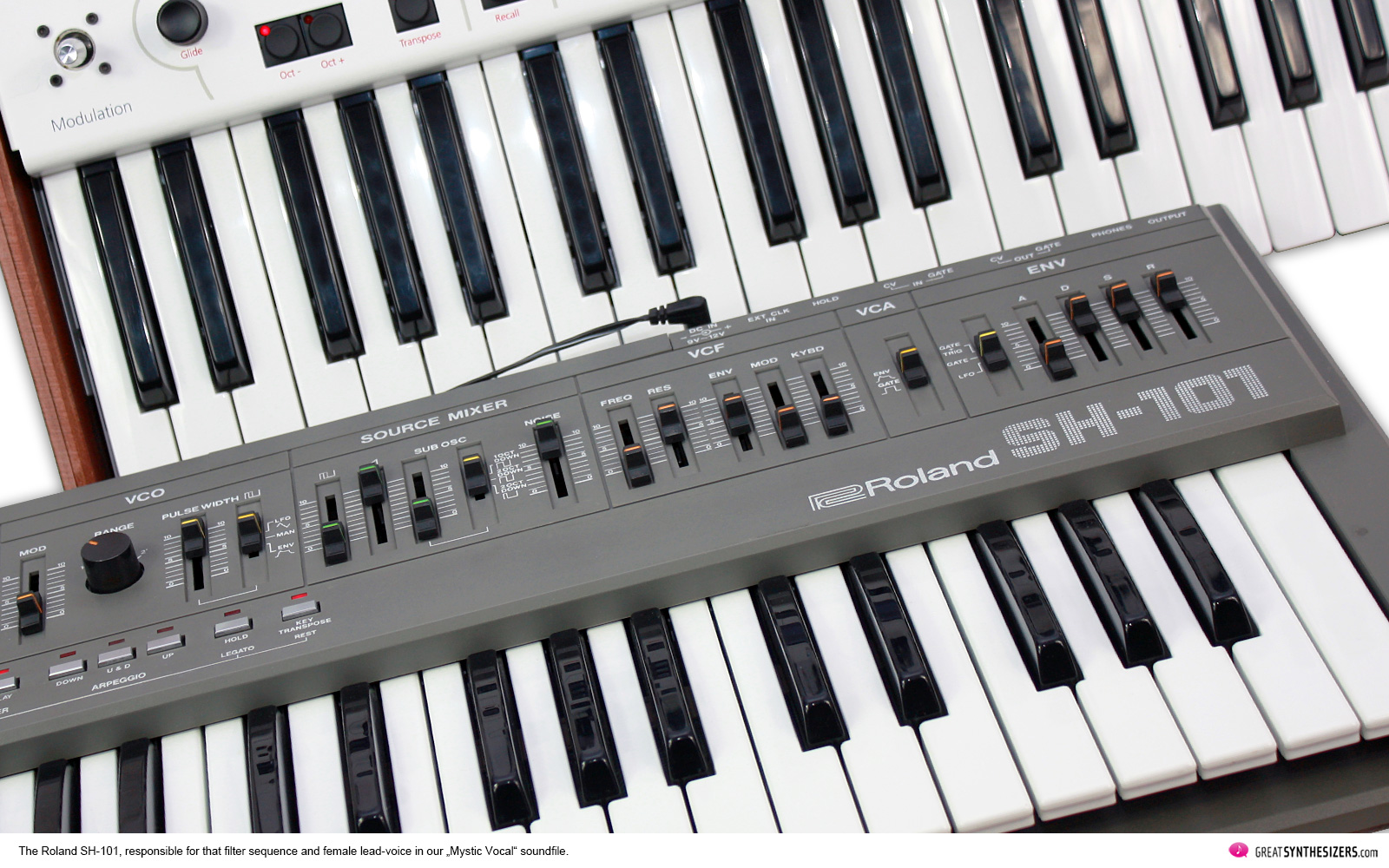

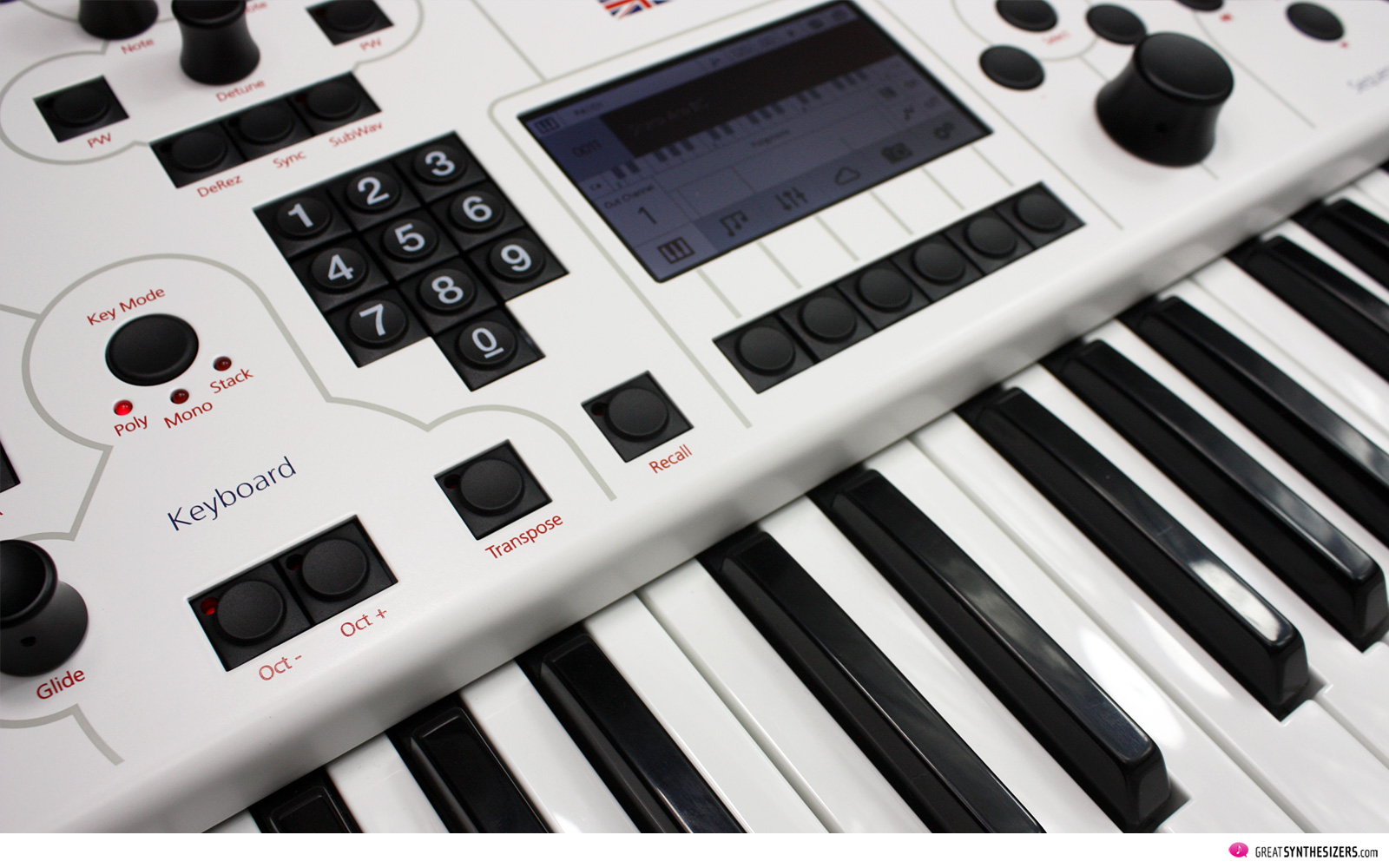
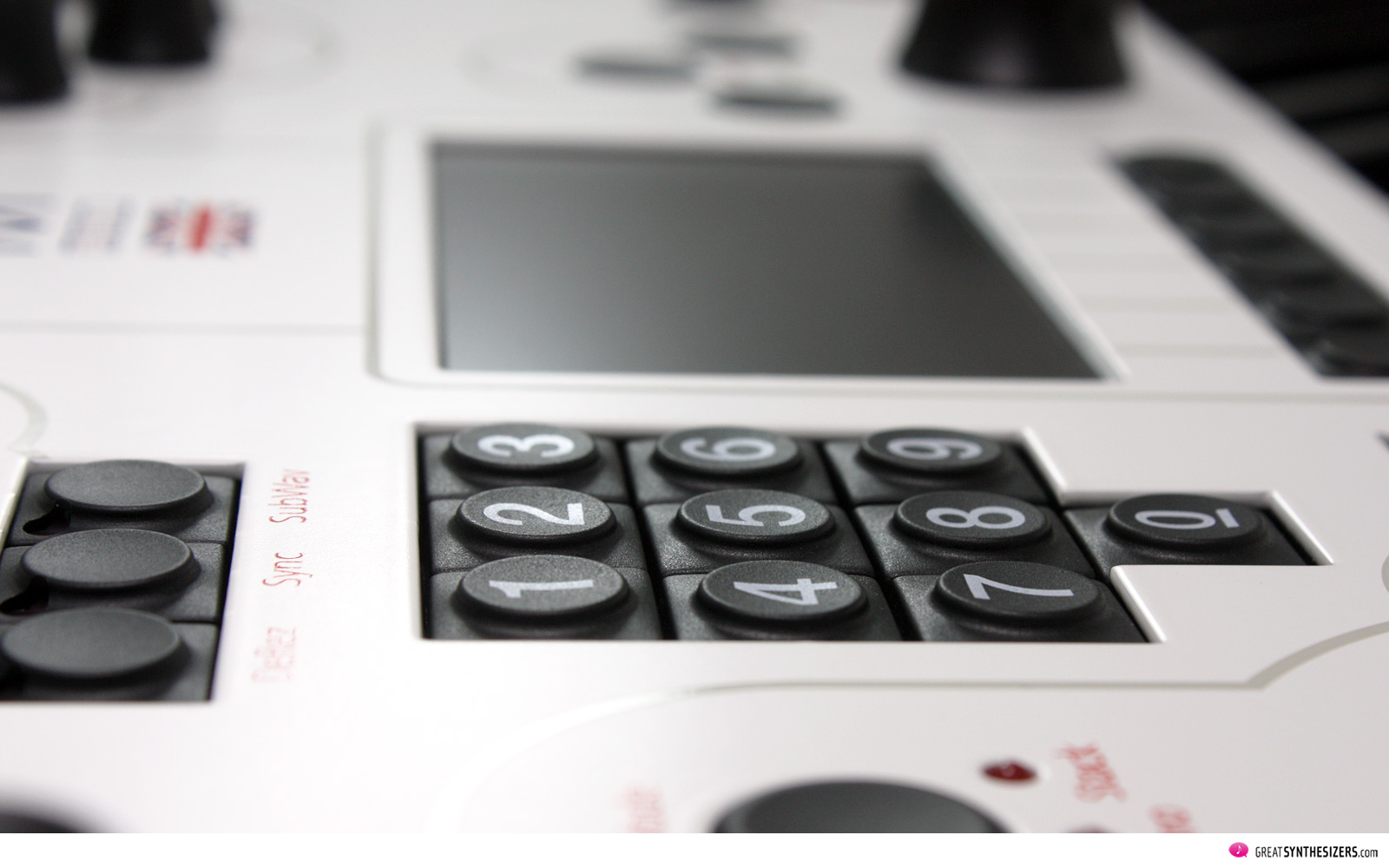

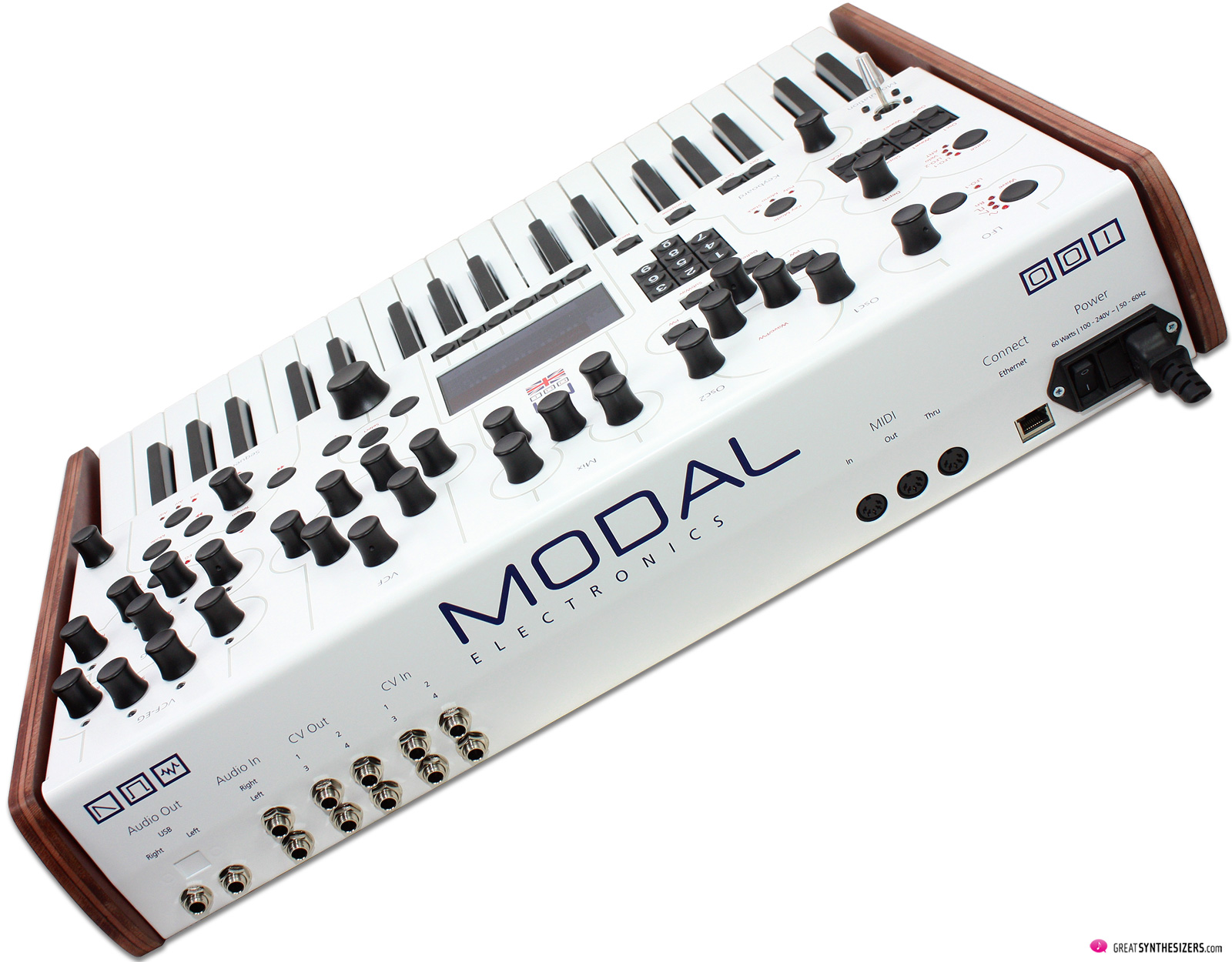
Great review! Modal is creating some of the most inspiring and innovative synthesizers today. Just one correction: the Modal 002 has 12 voices not “8.”
… sorry, bad mistake. I’ll fix it immediately …
Nice review. I hope one day soon you can reveal what the mystery synth is (in ‘Mystic Vocal’)!
… oh, it’s not really spectacular – but maybe a bit surprising: it’s the Roland SH-101 (added a picture yesterday) …